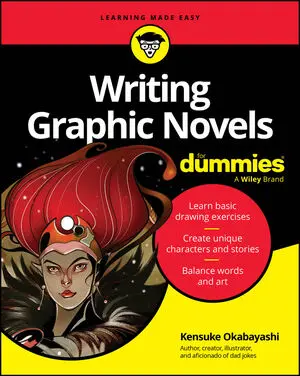Plagiarism is cheating. You plagiarize if you use someone else’s creative work. You have to credit every source, so use footnotes or citations for online or printed materials. Any time you use all or part of something someone else wrote, composed, drew, or invented, you must give them credit. If you steal writing or ideas and pass them off as your own, you can be caught.
There can be serious consequences, too. Teachers, employers, and publishers use online programs to scan work and discover what has been plagiarized. Did you ever have a great idea or write a terrific song or something and then watch your so-called friend take credit for it? It’s just plain wrong.
Here’s how to avoid the hassles and legal risks that can result from plagiarism.
Avoid plagiarizing: Keep track of all the sources you use when researching a project.
Make note of new ideas you find as well as where you found things you want to refer to or quote. Develop a system and keep the information in one place. Here’s what you will need:
For books: Title, author, publisher, date published, city and country of publisher, and page numbers
For periodicals such as magazines and journals: Article title, periodical title, date published, volume and issue numbers, and page numbers
For online materials: Article or blog title, author, page number, if any, and the complete URL
For music and video: The composer, lyric writer, music publisher, and date published or issued
For a conversation, electronic or in person: Yes, conversations do count. Record the person’s full name and the date you talked, texted, or e-mailed.
If you quote something word-for-word, put quotation marks around what you’ve copied.
If you are using an idea or concept, you don’t need quotation marks, but you still must give credit — even for a conversation.
The same thing is true if you don’t quote word for word. You don’t need quotation marks, but you do need to give credit.
For example: John Doe wrote that flying saucers are real because he has flown in one.
Create a footnote (or endnote) for every quotation. This is sometimes called a citation, as in, “Always cite your sources.”
If you use someone else’s idea, create a footnote (or endnote) the first time you mention it.
You don’t have to give credit for something that everybody knows. For example, if you write that the earth revolves around the sun, you don’t have to cite Galileo.
At the end of a research paper or article, you will need a bibliography. This is a list of all of the resources you used.
If your instructor or employer has given you a form to follow for footnotes or endnotes and a bibliography, you are a little ahead of the game. If not, there are various sources to help you.
If in doubt, insert the citation.
It’s better to give the credit than invite trouble.






